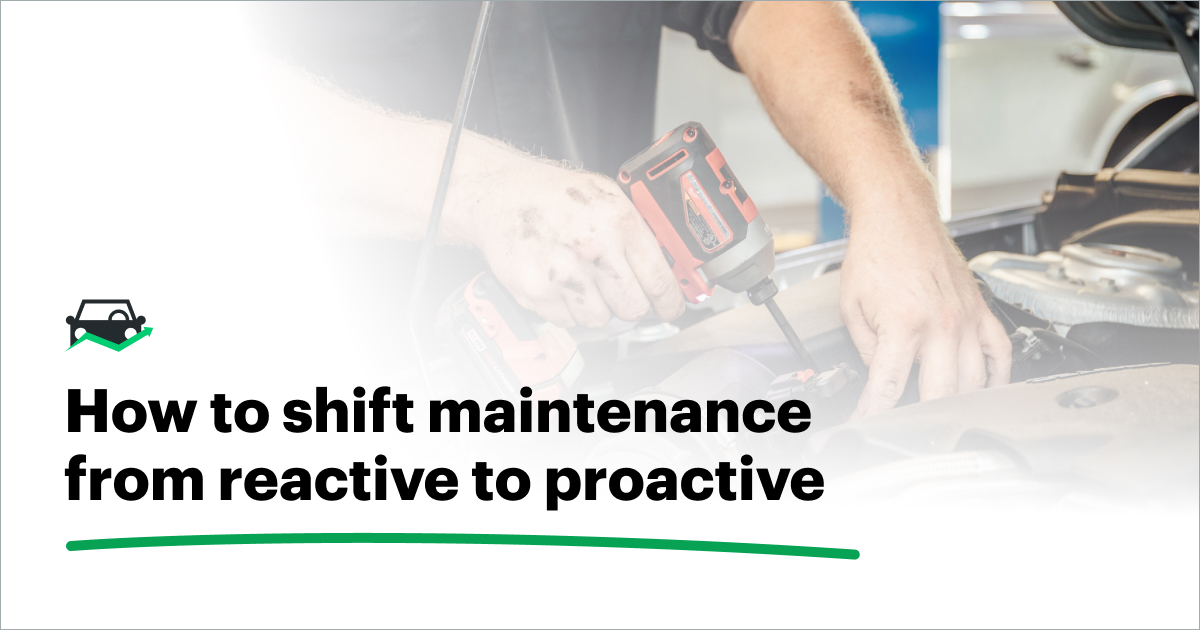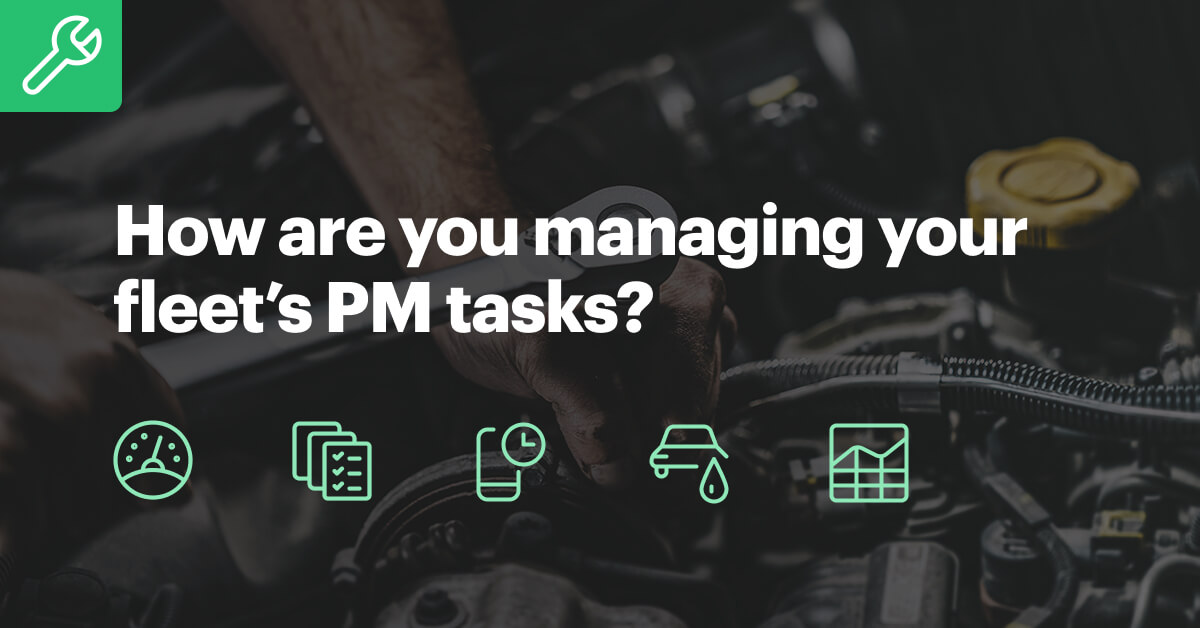For fleets stuck in a constant cycle of breakdown and repair, vehicle maintenance can feel like an insurmountable mound of tasks that never goes away. But with a quick triage of your processes, you can begin to identify your reactive tendencies and shift to a more proactive stance on maintenance.

In 2018, Norma Block, the CEO of Barmac Contracting in Alberta, Canada, noticed some worrying trends in her shop. Services were getting backed up in the shop, mechanics didn’t have time to complete paperwork, and it had become impossible to track maintenance data. As she and the rest of the company dug into what was going wrong, they quickly diagnosed the cause: mechanics were only focused on responding to issues as they came up.
"We had a ‘come-to-Jesus’ moment with our company," Norma says. "When we had those original conversations when things were so bad, I just said, ‘As mechanics, what is your job? What is it that you do?’ And nobody said anything, except the one young mechanic who sat up and said, ‘Well, we fix things.’ Yeah, you do. That’s right. But you also should be able to be in the business of prevention and predicting."
Many fleets end up in the same boat as Barmac Contracting, where every day in the shop just feels like a hamster wheel of reactive maintenance. So what are some of the key indicators that your maintenance process might be rooted in reactivity?
1. Your vehicles break down a lot.
A fleet that prioritizes proactive action in their maintenance strategy focuses on catching mechanical issues before they create a roadside event. But if your fleet assets are constantly having to be towed into the shop to be patched back together again, there’s a good chance that you’re missing some of the big flashing signs that could clue you in to a potential breakdown before the actual breakdown occurs.
2. Assets continue to have the same recurring problems.
Similar to frequent breakdowns, if your vehicles are constantly experiencing the same issues over and over again, you might only be solving for a piece of what landed the vehicle in the shop in the first place. If you don’t remedy the whole problem the first time, you can expect to see that asset on a lift again.
3. Downtime always seems to be longer than planned.
The only thing more inconvenient than scheduling a vehicle to a work site or route and then suddenly having to pull it for a mechanical issue is not knowing when you’re going to be able to get it back on the road. If it takes mechanics a long time to diagnose and then solve for a vehicle’s breakdown, you could be missing key maintenance data that would speed the process significantly.
4. Maintenance tends to feel like a crisis, not an assumption.
While death and taxes are the only two sure things in the average person’s life, fleet managers have a third: maintenance on vehicles. If you’re following a proactive maintenance process, routine services will never come as a surprise and emergency repairs will be kept to a minimum. But if you’re running a reactive fleet, any mishap could have the capacity to set your whole operation off-kilter.
Prioritize preventive maintenance with Fleetio
Start your free trialHow to Cure a Reactive Process
As Norma puts it, "When you’re just waiting for something to break so you can fix it, you don’t get to see what’s ahead of you." No one can totally prevent any unplanned repairs from happening, but the best fleets are able to effectively balance reactive service that they can’t control with predictive maintenance that they can plan and track.
Here are a few examples of what you can do to get ahead of repairs and stay proactive.
- Do Driver Vehicle Inspection Reports on all your vehicles every day, pre- and post-trip. DVIRs are your first line of defense for any vehicle issue, from something as simple as a dead bulb in a tail light to a worn belt. If your operators report any abnormalities in their inspections, you can pull the asset right then and there to identify what might be causing the problem.
- Follow a strict preventive maintenance schedule.If DVIRs are your shield, PM schedules are your sword. Most major mechanical issues can be prevented entirely by ensuring your vehicles are being properly serviced on OEM recommended timelines, if not more frequently.
- Keep a consistent log of services and how much they cost. Having a source of truth for all the work that’s been done to an asset can help you better predict what it might need in the future, as well as calculate its total cost of ownership so you know when its cost of repair is outpacing its overall value.
- Set maintenance key performance indicators to gauge your success in the shop. Maintenance KPIs can include repair turnover rate, technician efficiency, work order completion and other maintenance specific measurements so you can begin to steadily decrease downtime.
- Use fleet management software to keep it all straight. A good FMS like Fleetio can automate the majority of the maintenance process for you, monitoring your fleet and technician performance, standardizing your DVIRs in a digital format, sending automatic notifications for PM services, and storing all of your maintenance data in one central location.
If you’re ready to become a more proactive fleet manager, Fleetio can help you get on the right track. Start your free trial or book a guided demo today!




